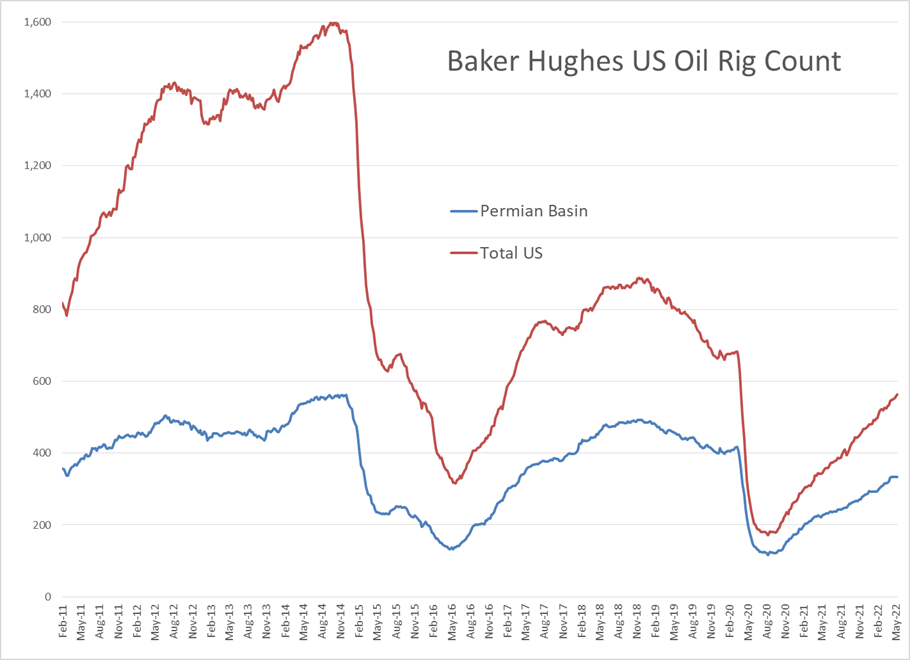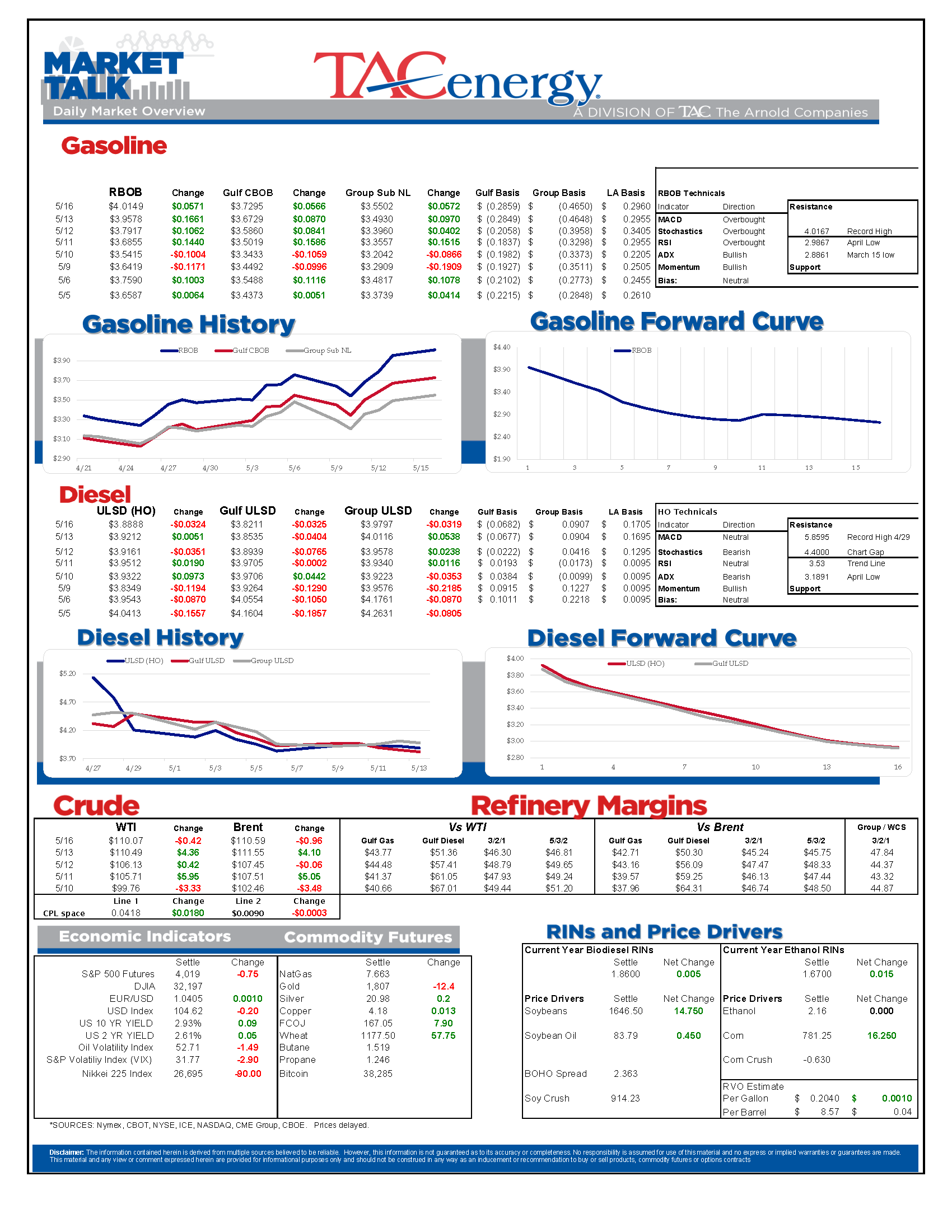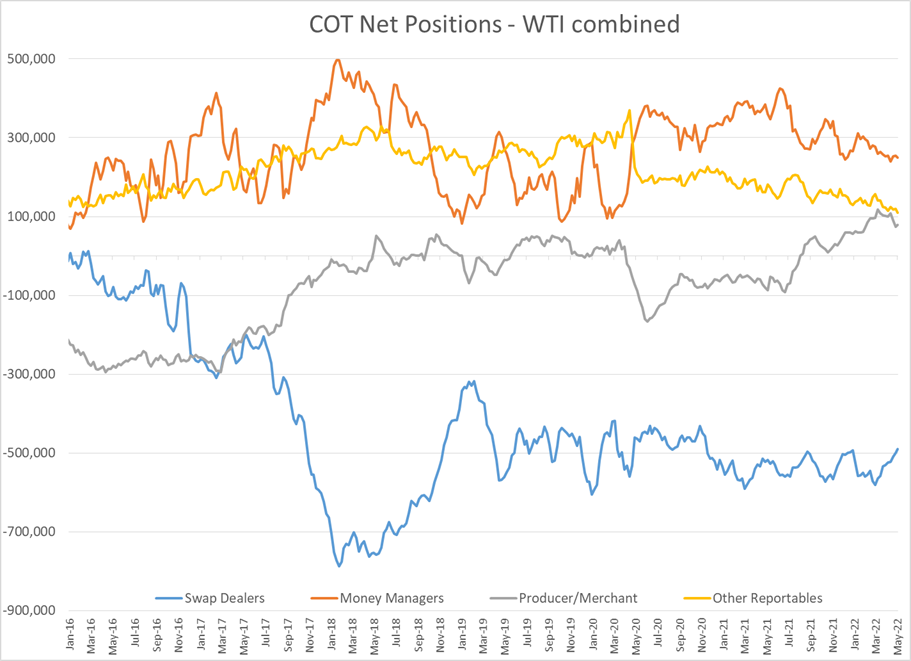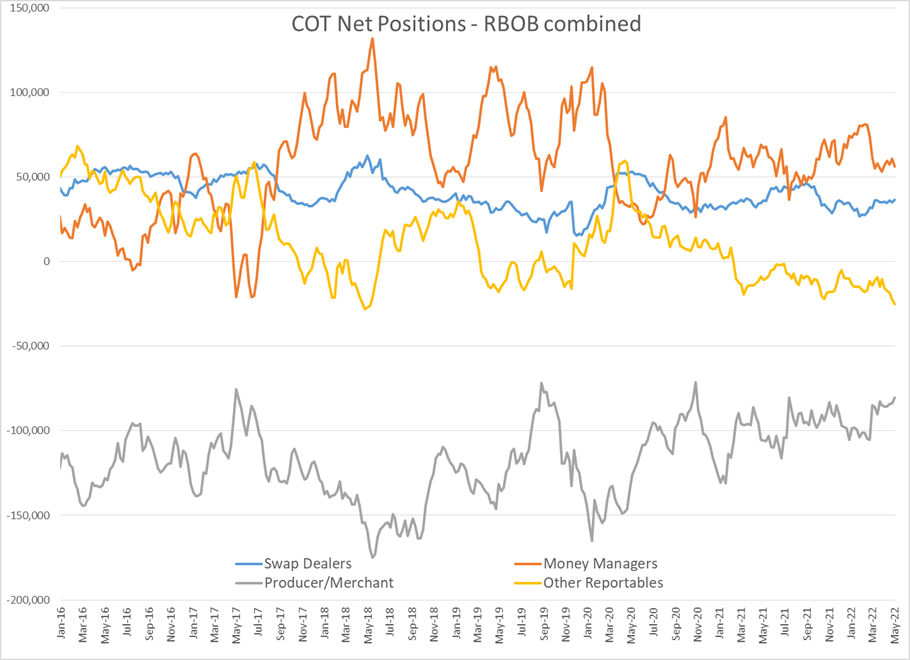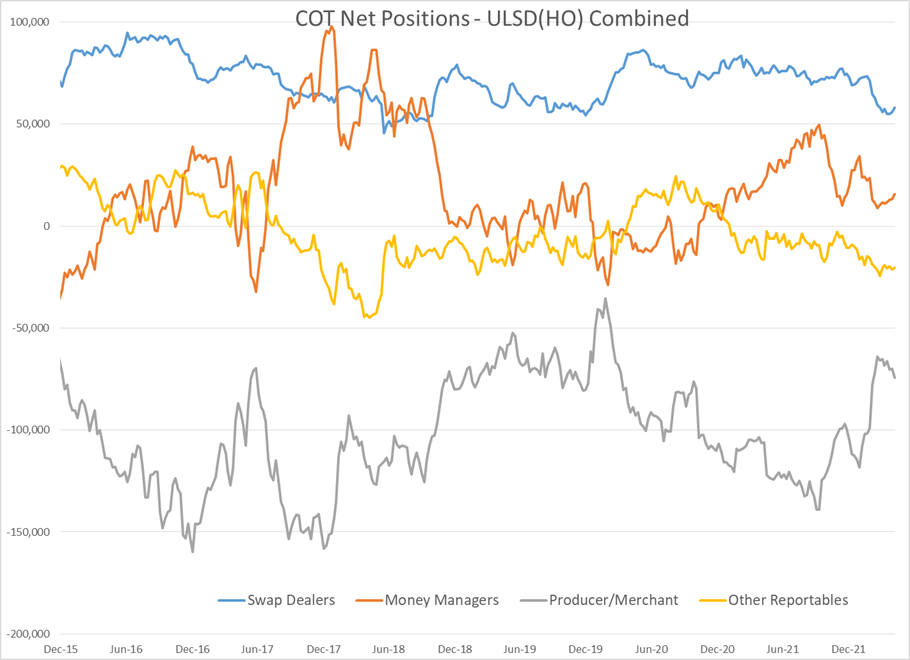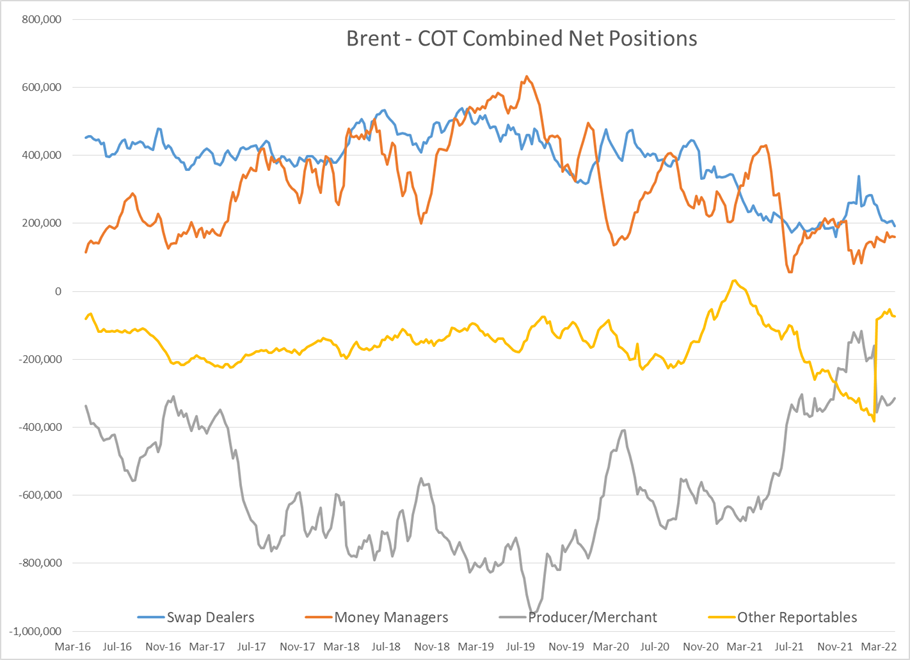Gasoline Futures Hit The $4 Mark For The First Time Ever This Morning

Gasoline futures hit the $4 mark for the first time ever this morning even though oil and diesel prices are selling off to start the week.
We’re approaching one of the busiest demand weeks of the year with tight supplies in many US markets, and much tighter supplies elsewhere around the world, which helps explain the 50 cent jump in gasoline futures over the past 4 trading sessions. Then again, we’re also in the seasonal peaking window for gasoline prices, so don’t be surprised to see a big pullback before the end of May.
On the bearish side of the ledger this morning, reports of a sharp slowdown in economic activity in China (which also happens to be the world’s largest importer of energy) and a warning that the US might be next.
Those reports may help explain why diesel prices continue to pull back and trade at a discount to gasoline despite warnings of a potential need for rationing across the East Coast this summer as US refineries are already running near capacity following a rash of closures the past two years leaving no good options to solve the shortages.
Money managers followed a pattern last week, reducing old long positions and adding new shorts with WTI, RBOB, Brent and Gasoil contracts just in time to get run over by the surge in prices to end the week. ULSD contracts saw the opposite with a small amount of new length added and a large amount of short covering that missed out on the subsequent pullback in diesel prices. In other words, it seems like hedge funds continue to struggle to get a grip on the petroleum market, which may explain why Brent open interest dropped to a new 5 year low last week and ULSD OI remains near its lowest in over a decade.
Baker Hughes reported 6 more oil rigs and 3 more natural gas rigs were put to work in the US last week, with Oklahoma taking the state lead adding 4 rigs while a handful of other states added 1 each. The Permian Basin, home to nearly 60% of all active rigs in the country, held steady at 334 rigs for a 3rd week. Last week the Dallas FED released a report explaining why oil producers won’t be the solution to high gasoline prices this year.
Click here to download a PDF of today's TACenergy Market Talk.
News & Views
View All
Energy Futures Are Caught Up In Headline Tug-O-War This Morning
Energy futures are caught up in headline tug-o-war this morning with Canadian oil production concerns and a positive US GDP report trying to push prices higher while sinking Chinese demand worries and Gaza ceasefire hopes are applying downward pressure. The latter two seem to be favored more so far this morning with WTI and Brent crude oil futures down ~45 cents per barrel, while gasoline and diesel prices are down about half a cent and two cents, respectively.
No news is good news? Chicago gasoline prices dropped nearly 30 cents yesterday, despite there not being any update on Exxon’s Joliet refinery after further damage was discovered Wednesday. Its tough to say if traders have realized the supply situation isn’t as bad as originally thought or if this historically volatile market is just being itself (aka ‘Chicago being Chicago’).
The rain isn’t letting up along the Texas Gulf Coast today and is forecasted to carry on through the weekend. While much of the greater Houston area is under flood watch, only two refineries are within the (more serious) flood warning area: Marathon’s Galveston Bay and Valero’s Texas City refineries. However, notification that more work is needed at Phillip’s 66 Borger refinery (up in the panhandle) is the only filing we’ve seen come through the TECQ, so far.
Premiums over the tariff on Colonial’s Line 1 (aka linespace value) returned to zero yesterday, and actually traded in the negatives, after its extended run of positive values atypical of this time of year. Line 1’s counterpart, Line 2, which carries distillates from Houston to Greensboro NC, has traded at a discount so far this year, due to the healthy, if not over-, supply of diesel along the eastern seaboard.
Click here to download a PDF of today's TACenergy Market Talk.

WTI And Brent Crude Oil Futures Are Trading ~$1.50 Per Barrel Lower In Pre-Market Trading
The across-the-board drawdown in national energy stockpiles, as reported by the Department of Energy yesterday, stoked bullish sentiment Wednesday and prompt month gasoline, diesel, and crude oil futures published gains on the day. Those gains are being given back this morning.
The surprise rate cut by the People’s Bank of China is being blamed for the selling we are seeing in energy markets this morning. While the interest rate drop in both short- and medium-term loans won’t likely affect energy prices outright, the concern lies in the overall economic health of the world’s second largest economy and crude oil consumer. Prompt month WTI and Brent crude oil futures are trading ~$1.50 per barrel lower in pre-market trading, gasoline and diesel are following suit, shaving off .0400-.0450 per gallon.
Chicagoland RBOB has maintained its 60-cent premium over New York prices through this morning and shows no sign of coming down any time soon. Quite the opposite in fact: the storm damage, which knocked Exxon Mobil’s Joliet refinery offline on 7/15, seems to be more extensive than initially thought, potentially extending the repair time and pushing back the expected return date.
There are three main refineries that feed the Chicago market, the impact from one of them shutting down abruptly can be seen in the charts derived from aforementioned data published by the DOE. Refinery throughput in PADD 2 dropped 183,000 barrels per day, driving gasoline stockpiles in the area down to a new 5-year seasonal low.
While it seems all is quiet on the Atlantic front (for now), America’s Refineryland is forecasted to receive non-stop rain and thunderstorms for the next four days. While it may not be as dramatic as a hurricane, flooding and power outages can shut down refineries, and cities for that matter, all the same, as we learned from Beryl.

